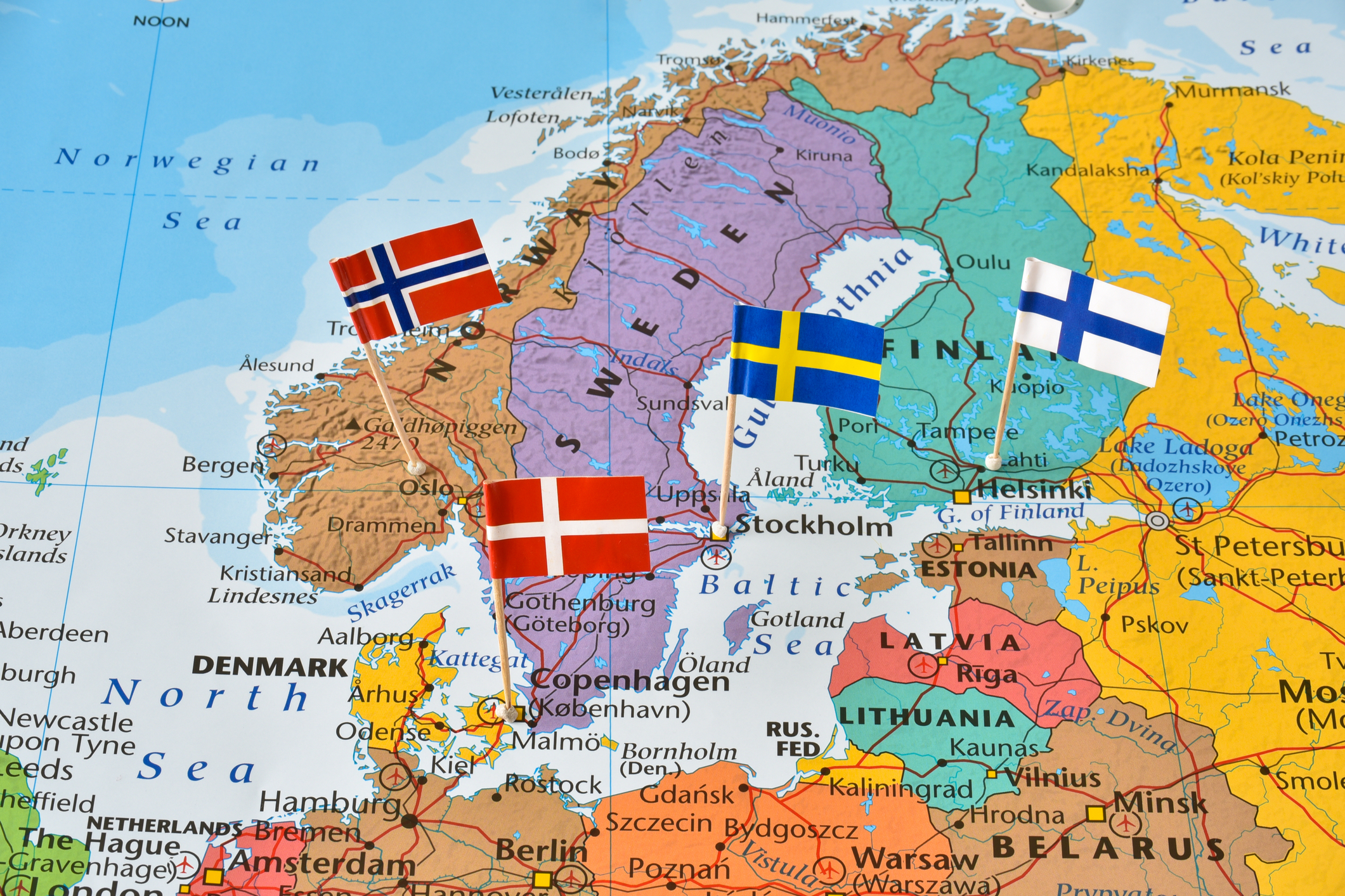By Robbin Laird
Brendan Sargeant, my late friend and colleague, and a noted Australian defence strategist, underscored the importance of strategic imagination when reshaping defence and foreign policies when entering a new historical era, such as we are doing right now.
“A country will possess a strategic imagination which will have evolved over time in response to the influence of geography, history, culture, and the many other tangible and intangible forces that go to create a community and its vision of itself. A country’s strategic imagination is a living thing, dynamic and evolving in contact with the world, and full of contradictions. In those rare moments in a country’s history where a genuine choice must be made and action taken, a country’s strategic imagination becomes most visible.”
Clearly, this is such a time for the Nordic countries as Finland and Sweden join NATO and Denmark sheds its restrictions on working defence issues within the European Union. I had a chance during the recently held Euronaval salon held in Paris to meet with Nordic colleagues to discuss the challenge and way ahead for Nordic defence cooperation and integration going forward in the new historical epoch.
Fortunately, my colleague Rear Admiral (retired) Nils Wang was attending and I had a chance to discuss his take on how one should think about the “new” defence geography of a Nordic defence that included both Sweden and Finland in NATO.
He started by underscoring that “for the first time in our lifetimes not only do the Nordic countries share common values but will work within a common defence alliance. Although Sweden and Finland over the years cooperated more fully with NATO countries, they will now be fully integrated into NATO defence planning. That means they will look at their capacities compared with other NATO countries in order to have the right balance in the region.”
“Now one needs to think in terms of defence of the North of Europe from Iceland to the Finnish and Norwegian borders.
“How do we build capacities which can operate throughout this entire region and deliver the kind of defence and crisis management effects that can deter Russia or for that matter Chinese intrusions into Nordic economic, security and defence concerns?
“This means as well that the Baltic Sea becomes a NATO sea, and the Nordics and their NATO allies can focus on how operational reach from the Baltics into the North Atlantic can best be generated and deterrence best served.”
Wang highlighted “that seen from the whole of region perspective, we will have different foci for different countries within the region seen as a whole. Finland which shares a long land corridor with Russia is and will continue to focus on their capabilities to manage any border threats. But now they can look back to the rest of the Nordic region and to other NATO allies to provide strategic depth for them.
“And if one looks at the western end of the Nordic defence region, there is Iceland. They are located in the middle of the GIUK gap. Iceland is focused on this area in terms of hosting NATO forces for North Atlantic defence, and not like Finland on the Eastern flank of NATO.
“Sweden is geographically behind Finland, but consider themselves a front-line state in a security environment where the Baltic states and the Baltic Sea are key regions facing directly the Russian threat. To deal with these challenges, Sweden will need to rework, and to use your words, reimagine how their maritime forces can provide for their defence and fit into a wider Nordic/NATO framework. The Swedish Navy is structured to operate in the Swedish archipelago relying on the land-based air defence umbrella. I think that the Swedish Navy needs to operate further at sea in the new strategic setting with more organic air defence on their ships and maybe even use these weapons to create geographic depth in the national air defence.”
“With regard to Norway, they share a common border with Russia and are the Northern Flank of NATO in that sense. Their ground-air forces are focused on this part of their defence challenge while their Navy and Air Force are focused on the Kola Peninsula and how best to contain the Russian Northern Fleet.
“Denmark is likewise focused on that threat from the Kola Peninsula but as well with regard to the Baltic Sea. We are working with the U.S. Second Fleet and the Allied Joint Forces Command in Norfolk to work the defence in depth challenge as well.
“We need to protect the basing and staging areas within Denmark with the kind of air defence systems crucial to do so. We are a bridging nation as the Kingdom of Denmark embraces Greenland and the Faroe Islands which are part of the reinforcement for Northern Europe from North America requirements in times of crisis.”
He then summed up how to look at the new defence situation facing the Nordics as they work towards enhanced integration.
“When one talks about Nordic military cooperation, it’s not enough to talk about one country cooperating with another country.
“One needs to go deeper and to find out what are they cooperating about. It will be air force cooperation for some countries; it will be land forces cooperation for other countries; and it will be naval cooperation for all of the Nordic countries, whether focused on the Baltics, the Kola Peninsula or into the North Atlantic and the GIUK gap.”
Featured graphic: Photo 74457995 / Flag © Sjankauskas | Dreamstime.com
See also the following:


